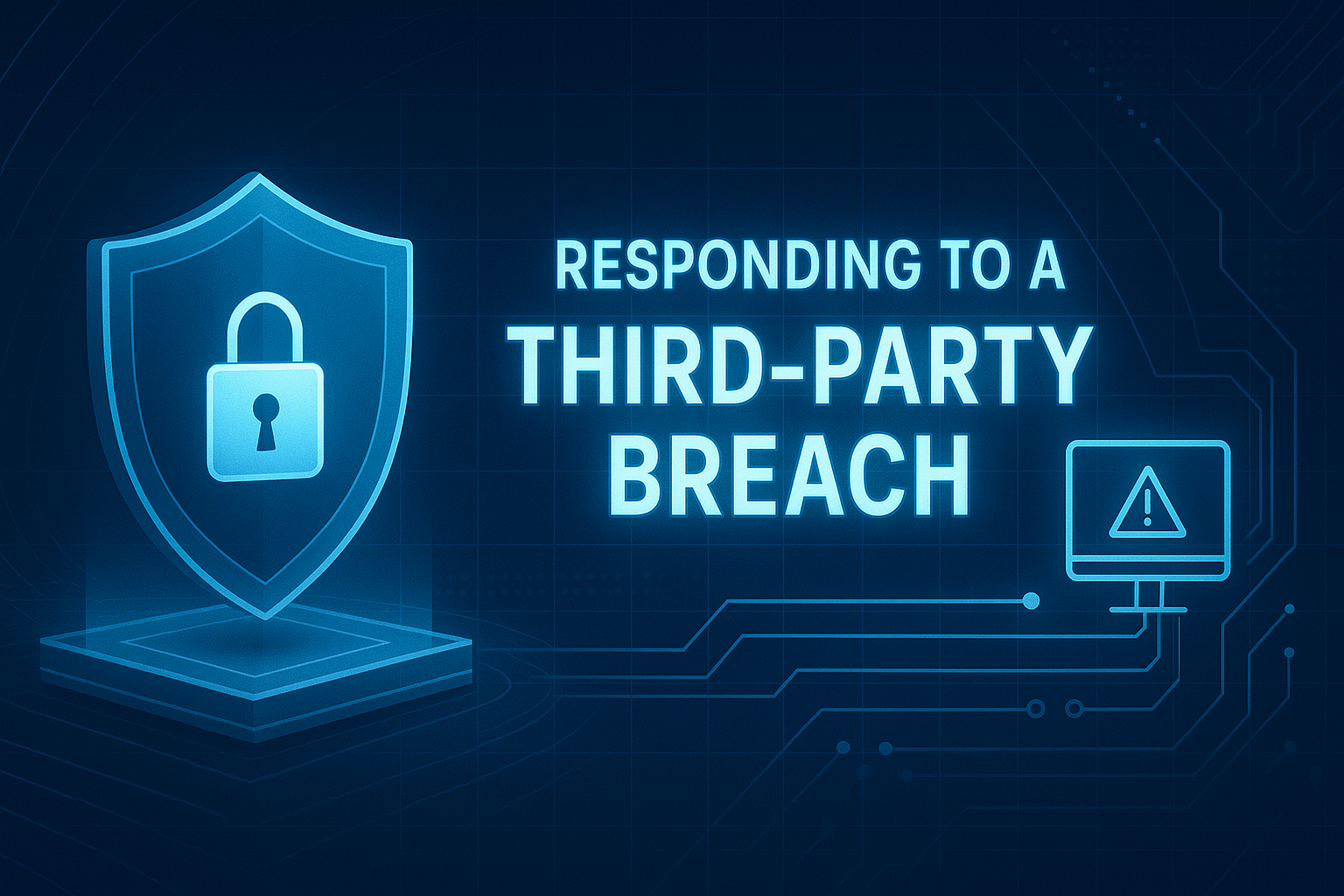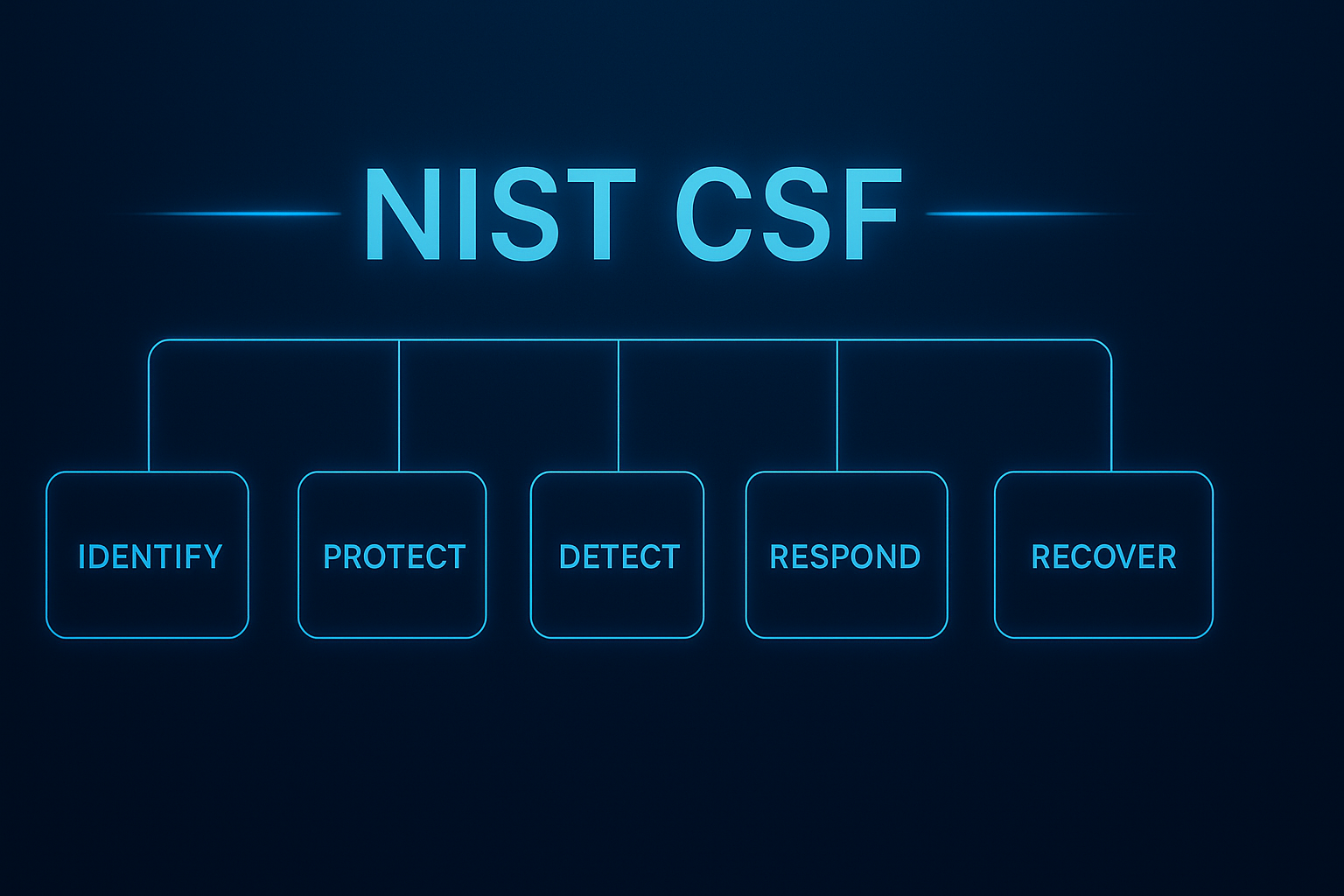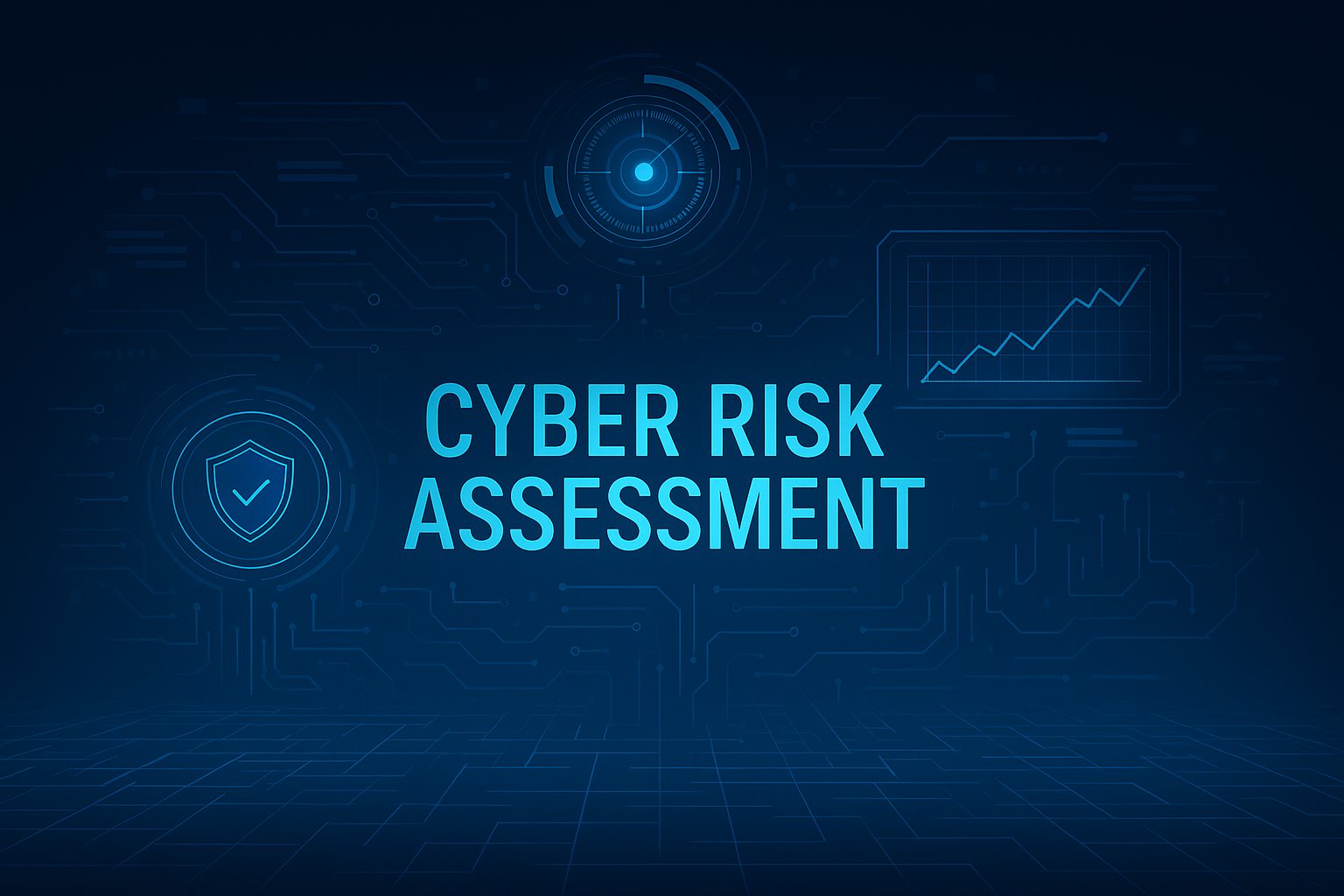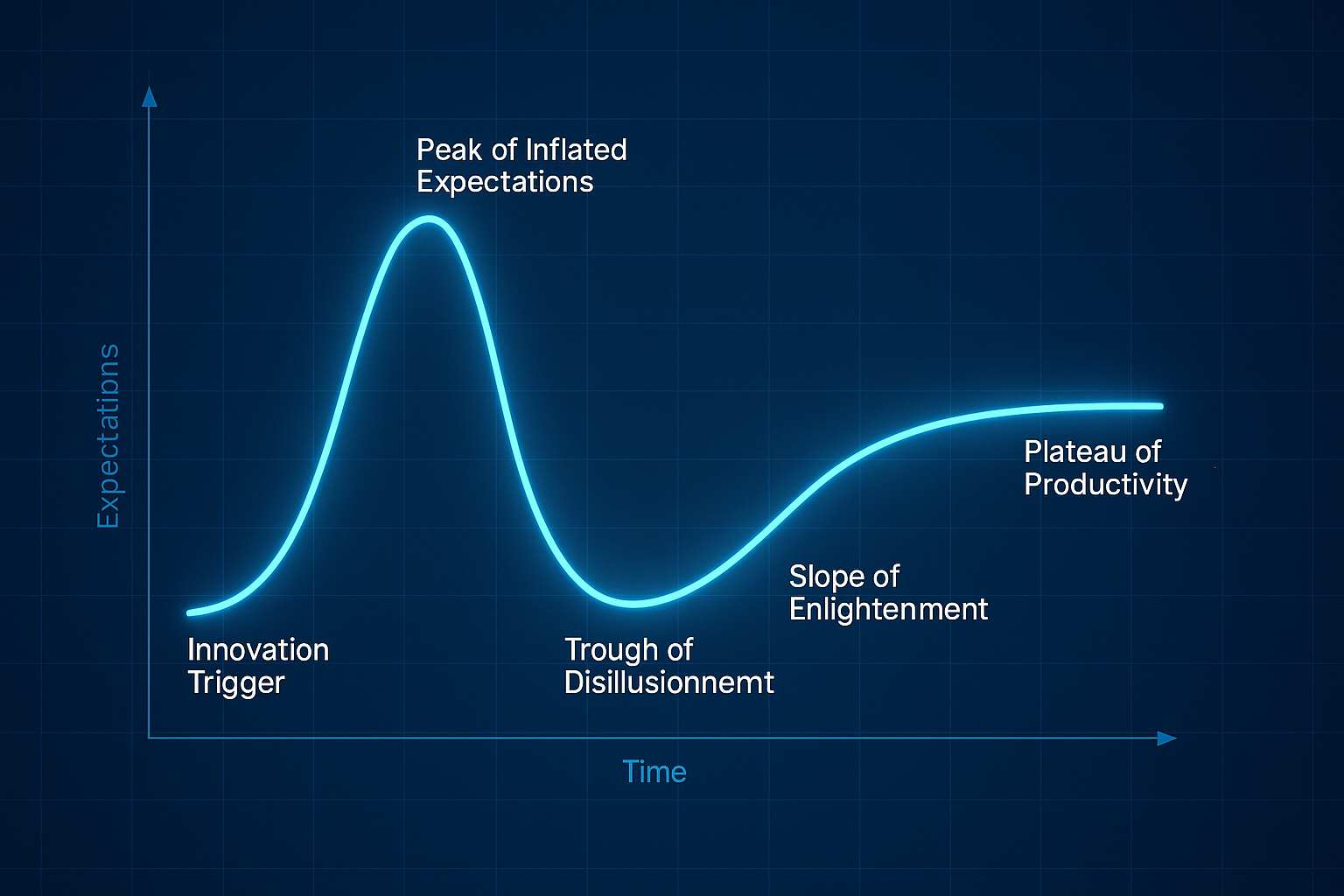Control scoring has long been a critical yet cumbersome aspect of cyber risk management and compliance. Traditionally, organizations have relied on manual processes to assess and score controls, requiring significant time and resources while being prone to human error. As cyber threats evolve and regulatory requirements grow more complex, manual control scoring struggles to keep pace.
Enter automated control scoring—a transformative approach that leverages advanced technologies such as AI and machine learning to automate risk assessments, enhance accuracy, and improve efficiency. This blog explores the pitfalls of manual control scoring, the advantages of automation, and how CyberSaint is leading the charge in automated control assessment.
The Pitfalls of Manual Control Scoring
Despite its necessity, manual control scoring presents several challenges that hinder cybersecurity teams and organizations:
- Time-Consuming and Resource-Intensive: Security professionals spend countless hours manually reviewing and scoring controls, diverting resources from more strategic initiatives.
- Inconsistency and Human Error: Subjective risk assessments, misinterpretations, and manual data entry introduce inconsistencies, making control scoring unreliable.
- Difficulties in Maintaining Up-to-Date Cyber Risk Assessments: As security landscapes change, manually updating control scores across various frameworks and policies becomes unsustainable.
- Limited Scalability: Growing organizations struggle to maintain comprehensive, real-time control assessments using outdated manual methods.
Read more: Access cyber risk assessment templates here!
The Rise of Automated Control Scoring
Automated control scoring is transforming cybersecurity by reducing reliance on manual assessments and leveraging technology to deliver accurate, real-time results. Key technologies driving this shift include:
- Artificial Intelligence (AI) & Machine Learning (ML): These enable intelligent analysis of security data, ensuring consistency and reducing errors.
- Natural Language Processing (NLP): Helps map security telemetry to control requirements, enhancing automation accuracy.
- Security Orchestration & Automation Platforms: Integrate with existing security tools to continuously monitor and assess controls.
Advantages of Automating Control Scoring
Reduction of Manual Input
- Minimizes human intervention, reducing inconsistencies and errors.
- Frees up security teams to focus on proactive threat mitigation and strategic initiatives.
Framework Mapping Harmonization
- Streamlines compliance by automatically mapping controls across multiple regulatory frameworks (e.g., NIST 800-53, ISO 27001, CMMC).
- Ensures consistency, reducing redundant efforts when aligning security programs to industry standards.
Enhanced Program Efficiency
- Enables real-time monitoring, allowing organizations to assess security controls continuously.
- Accelerates response to threats, reducing the lag between risk identification and risk mitigation.
Improved Accuracy and Reliability
- Ensures consistent scoring by applying standardized methodologies across risk assessments.
- Eliminates subjective bias, improving trust in cybersecurity board reporting.
Cost-Effectiveness
- Reduces long-term operational costs by minimizing manual effort and redundant processes.
- Optimizes resource allocation, allowing organizations to invest in proactive security measures rather than compliance busywork.
CyberSaint’s Approach to Control Automation
CyberSaint’s CyberStrong platform delivers cutting-edge automation capabilities, ensuring security leaders can maintain accurate, real-time control scoring with minimal manual effort.
Continuous Control Automation (CCA)
- CyberSaint’s proprietary methodology continuously monitors risk and control changes.
- Automated risk assessment updates ensure organizations remain compliant without constant manual intervention.
Natural Language Processing (NLP) Integration
- Maps security telemetry to controls, reducing manual review efforts.
- Enhances accuracy, ensuring control scoring is always aligned with a real-world security posture.
Comprehensive Control Coverage
- Addresses up to 90% of control sets, significantly reducing assessment workloads.
- Enables proactive risk management, allowing security teams to focus on emerging threats rather than administrative tasks.
Implementing Automated Control Scoring
Transitioning from manual to automated control scoring requires a structured approach:
- Define Objectives: Identify key compliance and cyber risk management goals to align automation efforts.
- Integrate with Existing Systems: Ensure the automation solution connects seamlessly with current security tools.
- Train Teams on Automation Workflows: Educate cybersecurity personnel on how to leverage automation effectively.
- Continuously Optimize: Regularly review and refine automated processes to enhance accuracy and efficiency.
Future Trends in Automated Cybersecurity Controls
As automation continues to reshape cybersecurity, emerging trends will further enhance control scoring:
- AI-Driven Predictive Risk Scoring: Leveraging AI to forecast potential security gaps before they become threats.
- Automated Compliance Adaptation: Real-time updates to control mappings as regulatory requirements evolve.
- Deeper Integration with Security Operations: Seamless alignment between cybersecurity controls, risk management, and incident response.
Wrapping Up
Automated control scoring revolutionizes cybersecurity by eliminating inefficiencies, reducing errors, and enabling real-time compliance management. As organizations strive to keep pace with evolving threats and regulatory requirements, automation is no longer a luxury—it’s a necessity.
CyberSaint’s CyberStrong platform is at the forefront of this transformation, delivering automated control scoring and automated crosswalking for gold-standard frameworks like NIST 800-53 and custom frameworks that empower organizations to maintain a strong security posture with minimal manual effort.
By embracing automated control scoring, security leaders can free up resources, improve cyber risk management, and future-proof their cybersecurity programs against the next wave of threats.





.png)
.png)
.png)
%201.png)
.png)




